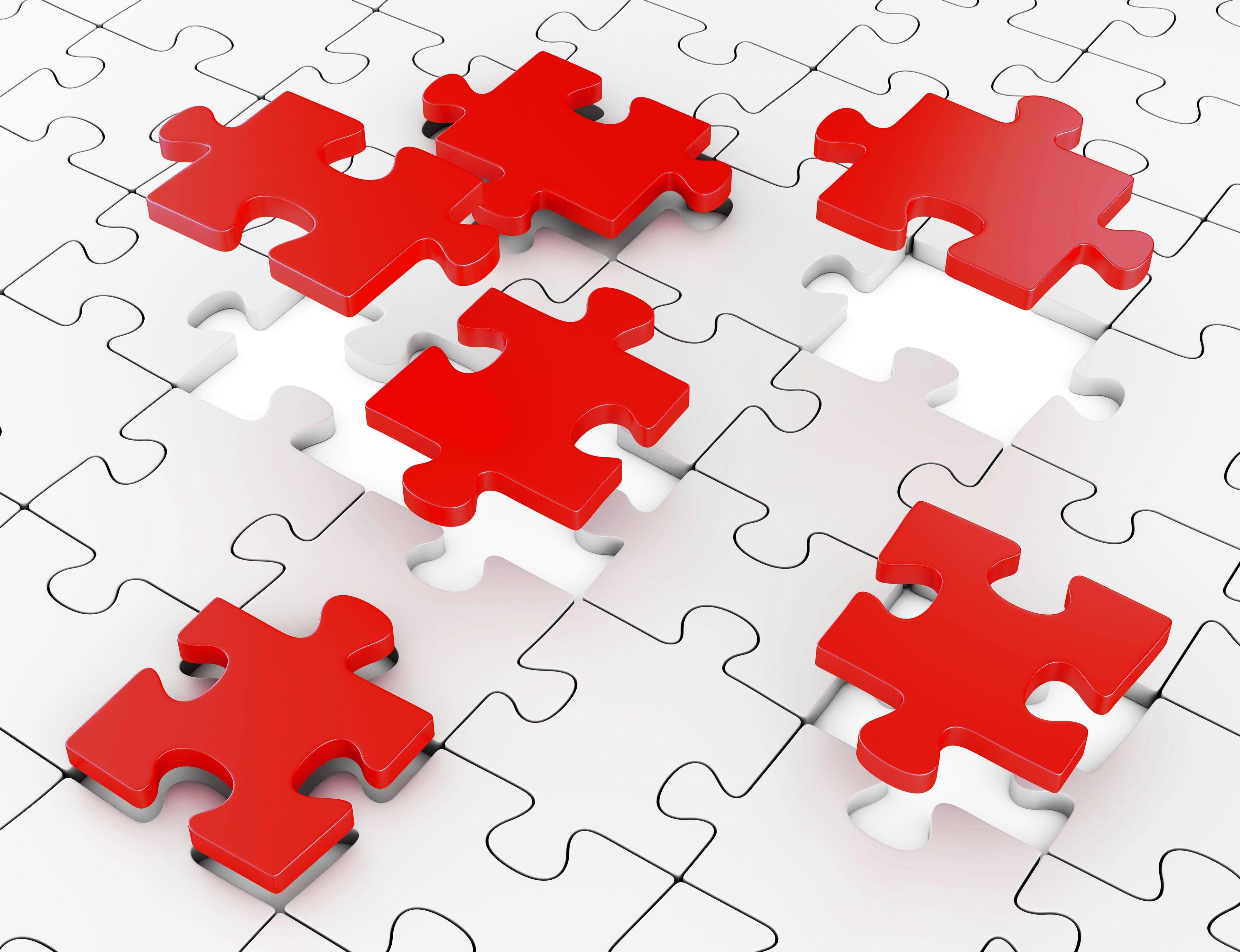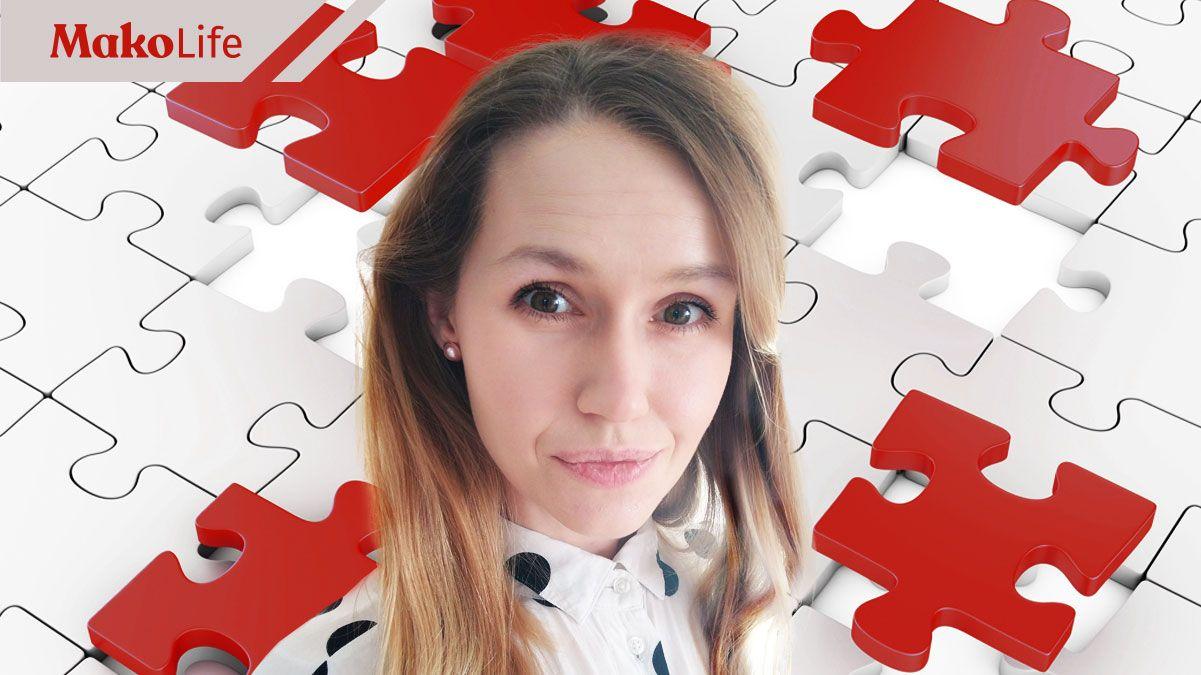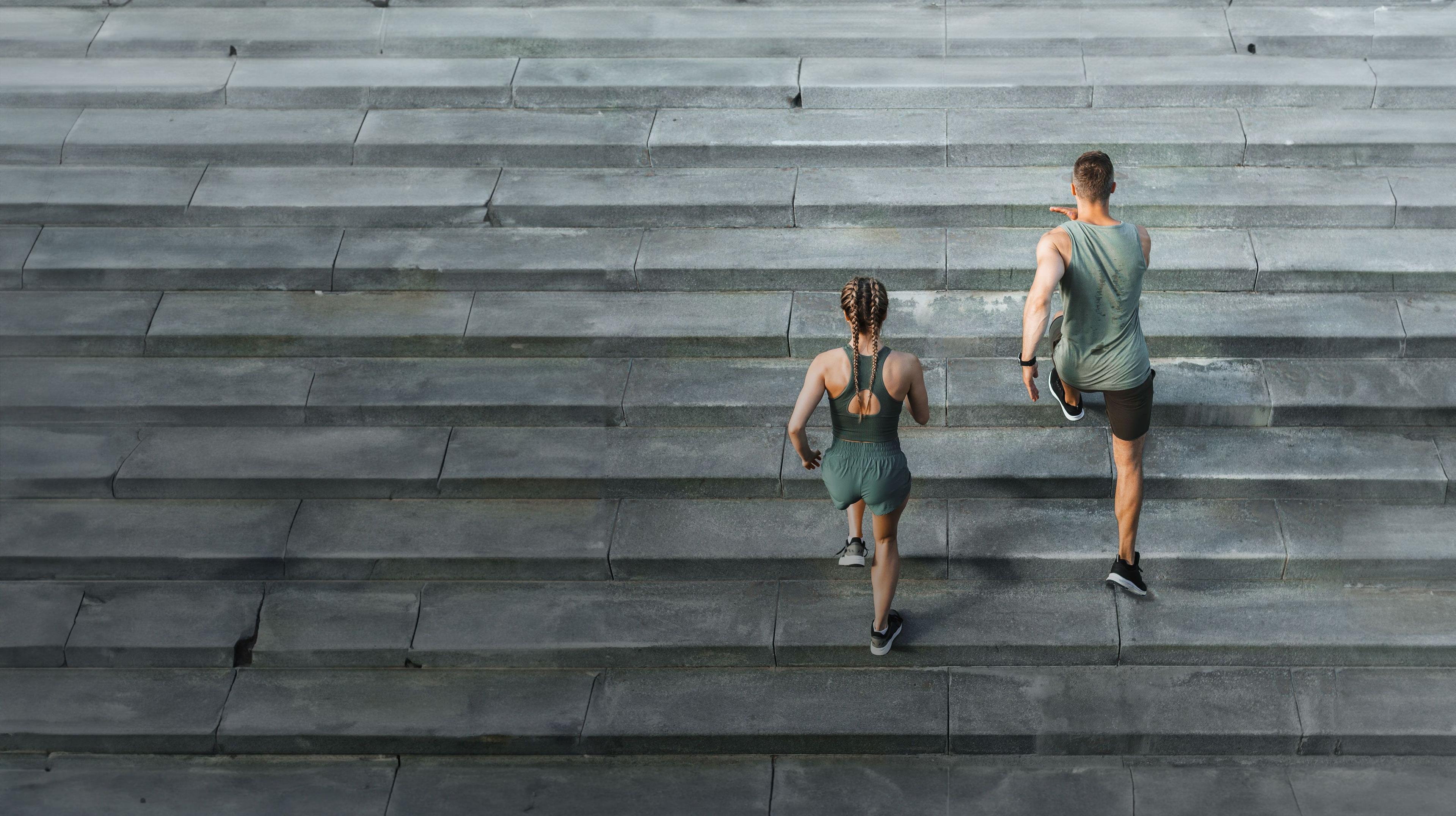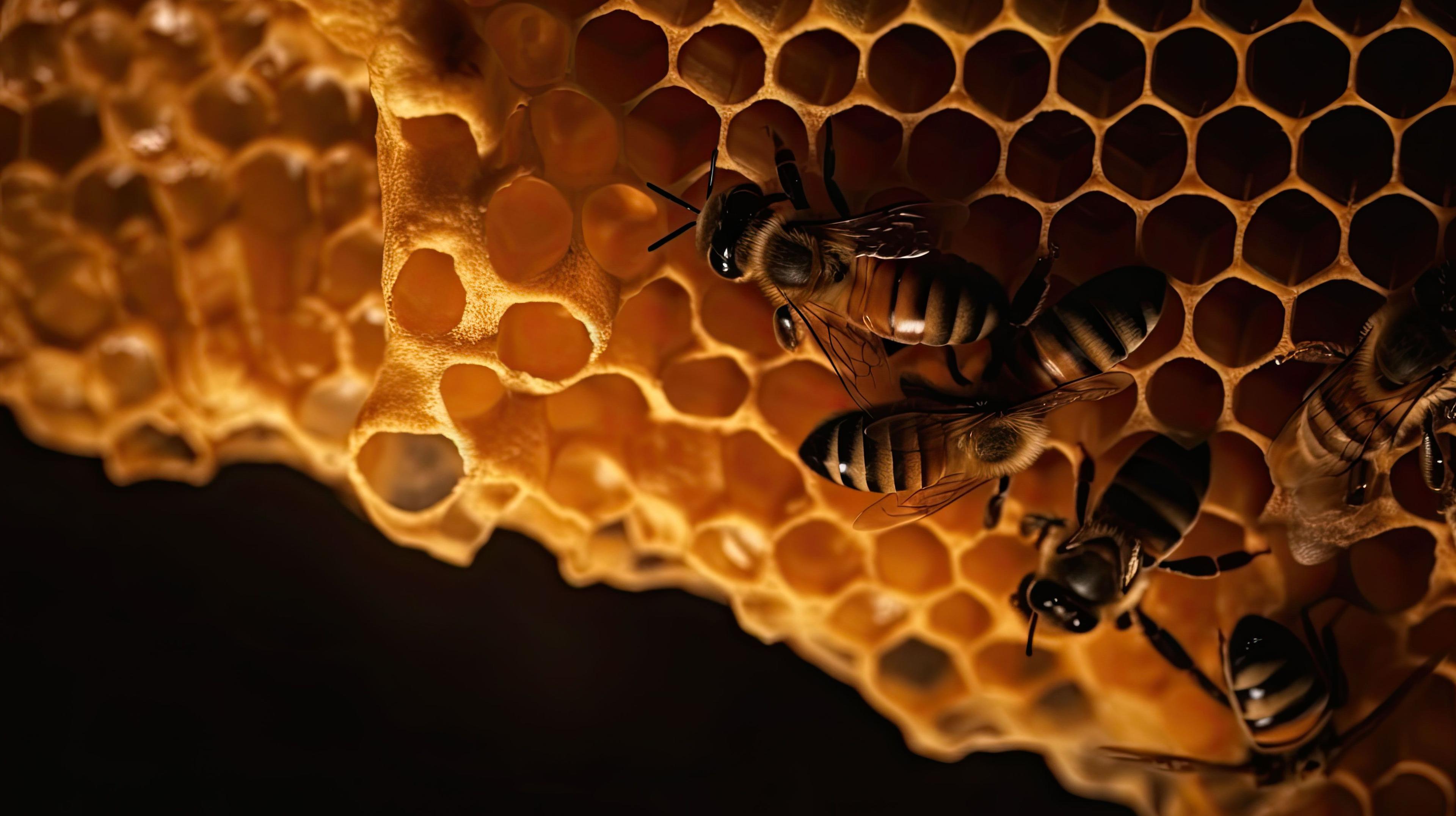
It costs nothing
In Poland, we celebrated Bone Marrow Donors’ Day yesterday, 13th October. There is still too little awareness of the need for bone marrow and there are still too few donors. At the same time, plenty of myths about how bone marrow is collected are doing the rounds all the time. Is it really something to be frightened of and is there actually any good reason to resist becoming as donor?
Who better to talk to us about donating bone marrow if not a donor themself? Meet Natalia Siwakowska, a project manager at MakoLab, as she gives us some insights into what it was like in her case!
What inspired you to apply to become a bone marrow donor?
I’ve always been the socially engaged type. I’m a blood donor, I’ve volunteered for various causes, including animal rescue centres, and I’ve been involved in organising Christmas dinners for homeless people. It’s the same now. I’m always off somewhere and engaged in something. One day, I saw an advert for the DKMS Foundation on social media. I clicked on it and that was that. I didn’t stop to question myself. Since it cost me nothing and I could help someone else, what could be more natural than joining the bone marrow donor register?
After you’d registered, how long did it take to find a match?
I joined the register in August 2012. In May 2013, DKMS phoned me and I’d given bone marrow before the end of June.
The standard procedure takes around three months. They carry out a whole battery of tests and that does take a bit of time. But in 2013, the recipient’s condition was serious enough to speed things up considerably. It took just five weeks from that first phone call to the moment when they collected the stem cells from me.
Is there anything to be afraid of? I’m asking because I think that’s why a great many people never get as far as registering
Personally, I never thought about that at all, but I guess plenty of people do give up the idea on that account. I gave bone marrow in 2013 and, even though the entire procedure and the approach to donors has changed a lot since then, generally speaking, there’s still not much awareness about it. People still think that the bone marrow is drawn from the spine or the hip. Actually, though, it’s very similar to giving blood.
What bothers me is the fact that, contrary to appearances, there are far too few donors and marrow can’t always be taken from family members. There’s only a two to four per cent chance of finding a match from a donor who isn’t a relative. It’s seems to be common knowledge that registering is straightforward and that you don’t even need to leave home to do it. Loads of people apply for a swab kit. It arrives but, a lot of the time, that’s where things stop. I’d like there to be more awareness. Me, I’m a kind of proof of concept! People close to me have joined the register. The example of someone we know works best!

Exactly! How about the actual procedure? Is it complicated?
It depends how you look at it. Before you donate bone marrow, you have to check whether you can actually become a donor at all. Does your health permit it? While I was talking to the women who were there when I donated, I heard that people often find out that they have a serious illness through those tests. They’re thoroughgoing and they cover diseases I didn’t have the foggiest idea about. Some of them aren’t available at all in the usual groups of tests, so registering to be a donor is the only opportunity to have them. The printout of the results I received was about twenty pages long. As well as the full check-up to see if you qualify as a donor, they keep an eye on you once you’ve donated and you have to give a blood sample for testing on a regular basis. So all of that can be seen as a ‘benefit’, as it were.
Before the donation, you have to give yourself a series of injections. They don’t hurt at all. If someone doesn’t feel up to it themselves, they can go to the hospital. The injections multiply the stem cells. Next, you go to do the donation. You sit in a comfortable chair. Blood is drawn from one arm and passed through a device which filters it. The filtered blood is returned to your other arm and all that’s actually collected are the excess stem cells that have been produced by the injections. The only drawback is that you might feel as if you’ve got flu while the cells are multiplying. With me, they multiplied in abundance and I really did have those symptoms. Even so, after the marrow was collected, I felt better at once. The whole thing takes from two to two-and-a-half hours and you can take someone with you to keep you company.
As far as organising everything is concerned, the foundation really helps, trying to keep everything as simple as possible and adapting things to your needs. When you become a donor, you receive a full day off for the tests and for the donation procedure. They choose the place where you donate so that you won’t have a long journey and they refund your travel costs. It’s all set up so as to be as convenient as possible for donors and the staff at the foundation are very helpful.
Once it’s all over, you receive a donor’s ID card. It confirms that you’re a registered lifesaver, so it’s something to be proud of. It has its pragmatic pluses, too. You’re seen first at the doctor’s, you’re served without queueing at the chemist’s and there are other privileges, as well. In some cities and towns, you don’t have to pay to use public transport.
The foundation gives you a keepsake… an angel with the DKMS logo on it and a distinctive charm in the form of a jigsaw puzzle piece. Every year, it also sends out a reminder that Bone Marrow Donors’ Day is approaching, not to mention various other letters and gifts. This year, I received a selfie frame, along with their encouragement to use it, as a donor, on the Internet.
How does it feel to have a genetic twin and to be conscious of the fact that you’ve given someone the gift of health and life?
Out of this world! I knew that the recipient was a young woman of my age in Great Britain who’d had a transplant that didn’t work out. That’s why my procedure was fast-tracked. Five months after the transplant, you can request information about the recipient’s condition. I wrote an e-mail on 23rd December and I received an answer on Christmas Eve, in the morning. I was frightened to read it, but it turned out that the transplant had worked and her health had greatly improved. I was running from pillar to post out of sheer joy and showing the mail to everyone! I wanted to meet her, but she didn’t want that. To begin with, I couldn’t understand why, but someone from the foundation explained it to me like this. “Imagine someone had saved your life. What would you say to them?” Then I realised that it’s impossible to express your gratitude for something like that in words or gestures, so most recipients decide not to meet their donors.
One more thing… after the actual donation, I had to stay there under observation for around half an hour, just in case. I wandered around the rooms and stopped in front of one of the refrigerators holding bags of blood and smaller bags containing something yellow. And that’s when it hit me… there, in front of my eyes, was something that could keep someone out of the grave. It’s the most extraordinary feeling.
Congratulations to Natalia on her outstanding courage, even though she herself avers that she wouldn’t call it courage, but a natural impulse. We’d certainly like to encourage everyone who is undecided to visit DKMS and start the process of joining the register. It really doesn’t cost anything and it offers you a genuine chance of saving someone’s life! Natalia’s story speaks for itself!
Translated from the Polish by Caryl Swift

Kamila Braszak
Employer Branding Specialist




